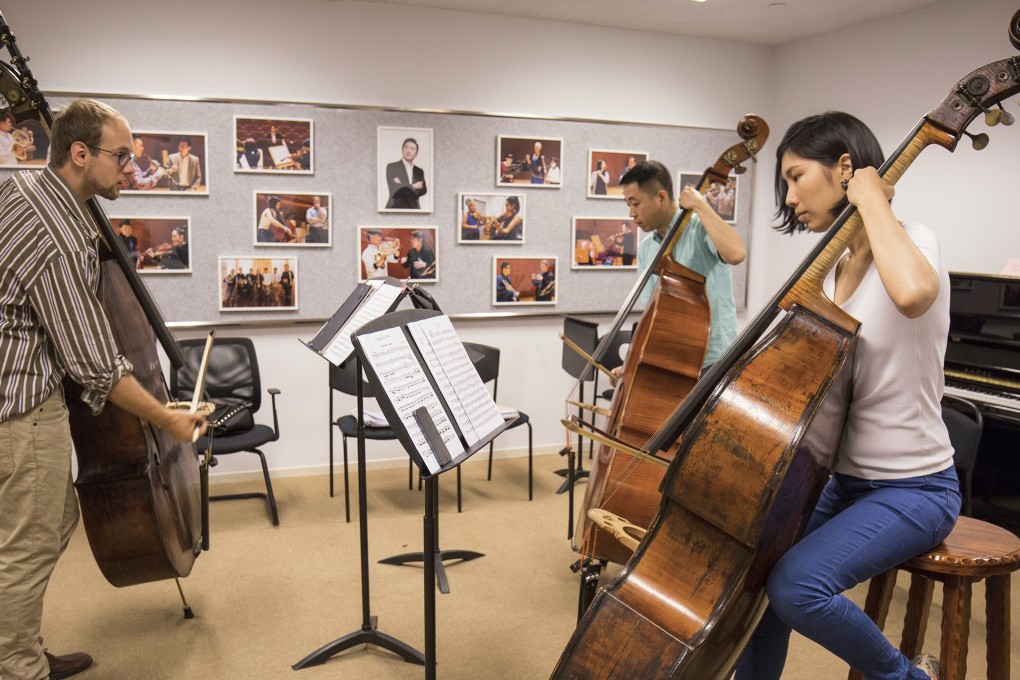World's orchestras help ready China's apprentice players to perform
The Shanghai Orchestra Academy lets young musicians find out what it's like to be part of an ensemble, through exchange programmes with some of the world's leading institutions


Violist Ba Tong is no stranger to performing on stage. But when the Shanghai Conservatory of Music graduate was rehearsing for a Hong Kong Philharmonic Orchestra concert in May as an "apprentice", her excitement was palpable.
"This is the first time I have worked with [the troupe] so I have high expectations," says the 28-year-old through an interpreter.
Ba, who has a master's degree in music, is among the first intakes of the newly established Shanghai Orchestra Academy, which runs a number of courses that give the students a chance to work with overseas orchestras. Although she was in town for just two weeks, her brief stint here was memorable. The young musician says she was impressed with conductor Case Scaglione, particularly how well he led the troupe into the music and how efficiently they put together a performance of Shostakovich's Symphony No 11, despite its difficult string parts.
"I learned a lot at the Shanghai Orchestra Academy. At the Shanghai Conservatory of Music, they want students to learn solos, but at the SOA it's orchestra skills. I am more moved by playing an entire piece with an orchestra than just solo work," says Ba.